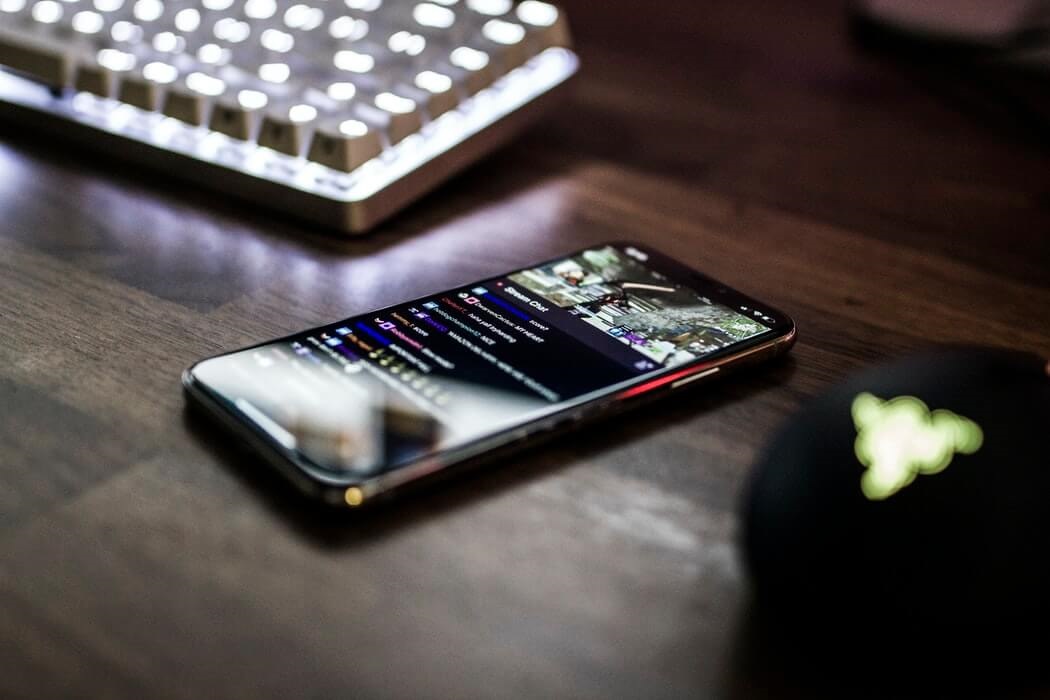
Cut lag out for good with these easy tips
Whether you’re in a Zoom video call, Twitch streaming, or creating YouTube Live content, if you’ve ever dealt with a laggy livestream, you know how irritating it is.
It’s a part of streaming, and sometimes lag is basically unavoidable, but there are plenty of tips you can try to smooth out, speed up, and minimize your streaming issues. You don’t really need a setup that costs $100,000s to eliminate lag. There are plenty of ways you can do the job, for cheap.
Plug Directly into the Modem
Maybe this is obvious, but WiFi is almost always subpar to a wired connection. It’s basic physics (which we won’t get into here). Look, it’s safe to say that plugging in almost always gives better connection.
First off, if you’re having a laggy stream, you’re probably either having some sort of issue with your internet connection OR you’re overloading your computer. So stream wired, if at all possible. Plug your ethernet cable directly from your modem to your computer. This will speed up your live video stream an insane amount, and it’s much more reliable than a WiFi connection, so you won’t have to deal with drops.
If you’re rocking the new MacBook and don’t have an Ethernet port, don’t sweat it. You can buy a Thunderbolt to Ethernet adapter for less than $30.
If your issue is that your connection is dropping because you’re too far away from your modem and router, and you can’t get an Ethernet cable to reach…
Try a Mesh WiFi System
Sort of like a WiFi booster or WiFi extender, a mesh system will connect to your signal and both boost its strength and extend its range. That said, you’re looking at around $200, so it ain’t a cheap fix.
Another option is to buy a better wireless router. Those also aren’t cheap, however. They range from under $100 to more than $350.
Check your Stream Settings
There’s not too much you can do on your end if your internet service provider is what’s causing your livestream problems. You need upload speeds of at least 4 Mbps if you want to stream live video in HD. If you’re not getting that from your provider, you need to try upgrading your plan or, if that won’t work, go with a different service provider.
Not all of us can afford to make a change, however, so if that’s not an option available to you, you can always help things a little bit by changing settings on the app you’re using to stream. Of course, not all streaming software can allow you to fine tune your settings, but many do.
For example’s sake, lets talk about OBS, one of the best free open-source live streaming programs around.
On OBS, if you’re dealing with lags, change your output settings to 720p. Yes, yes, most folks are uploading in 4K nowadays, but honestly, most viewers really won’t be able to tell the difference, at least on a livestream. 720p is ALWAYS better than a laggy output.
If that doesn’t work, try lowering your bitrate. Essentially, this number refers to the bits of data you’re sending (along with how fast they’re being sent). If you’re streaming video quality at 720p, setting your video bitrate to around 35000kb per second will give you an optimal image. Higher resolution – higher bitrate needed.
Use the Right Software
Making sure you’re using the best software for your OS and device is paramount. We don’t have time to get into all the specifics, obviously, but do some research on the best software for your platform and operating system and implement a few changes if you aren’t using an optimal setup.
Use an External Drive
Running apps and processes from an external drive can also help. Just make sure you’re getting your hands on a fast, high performance drive, then port the software you’re running onto it. This can help improve your lag if your hardware isn’t optimal.
Close Other Applications
Duh, right? Well, you might be surprised how many random apps are open and running without your knowledge. If you’re using a Mac, check the menu bar. How many apps are open?
If you’re streaming, you probably don’t need everything open. The only things that should be taking up any memory, CPU, and disk space are the software and processes that you need open to run your livestream. You need to close out all those background processes that aren’t necessary.
The only things that should be taking up precious memory, CPU, and disk space should be what you need to run your stream. Be vigilant. Apps like Steam sometimes auto-open, or you could have processes like Google Backup and Sync transferring extensive files on your connection slowing down your upload speeds, all without your knowledge.
So, here you go! Now you know a few basic pointers to make your live streaming less laggy.

Taylor is a freelance SEO copywriter and blogger. His areas of expertise include technology, pop culture, and marketing.













![How to Watch UFC 303 Live Stream Free [Updated 2024] UFC 259 Live Stream Free](https://techsmartest.com/wp-content/uploads/2022/03/UFC-259-Live-Stream-Free-324x160.jpg)